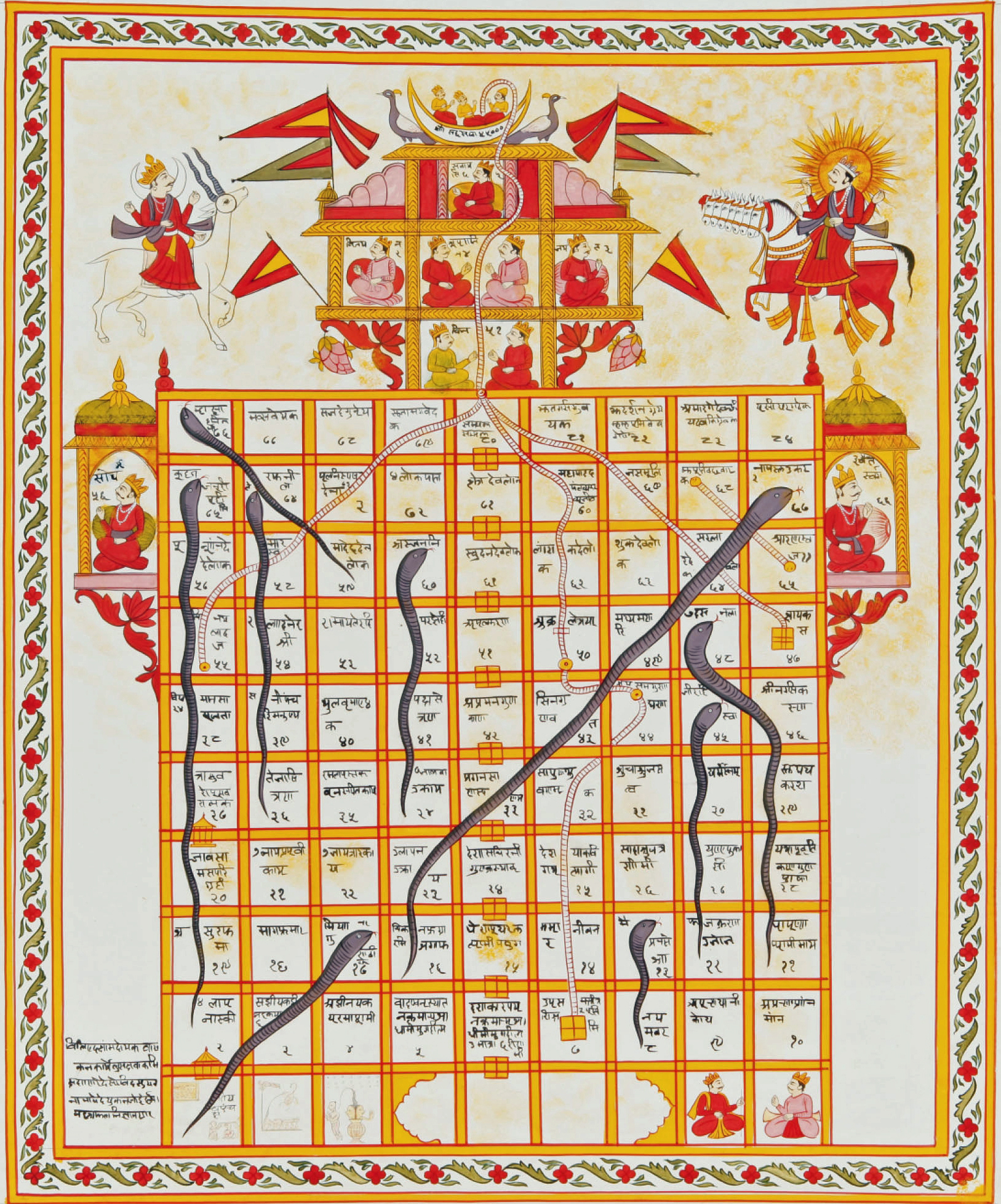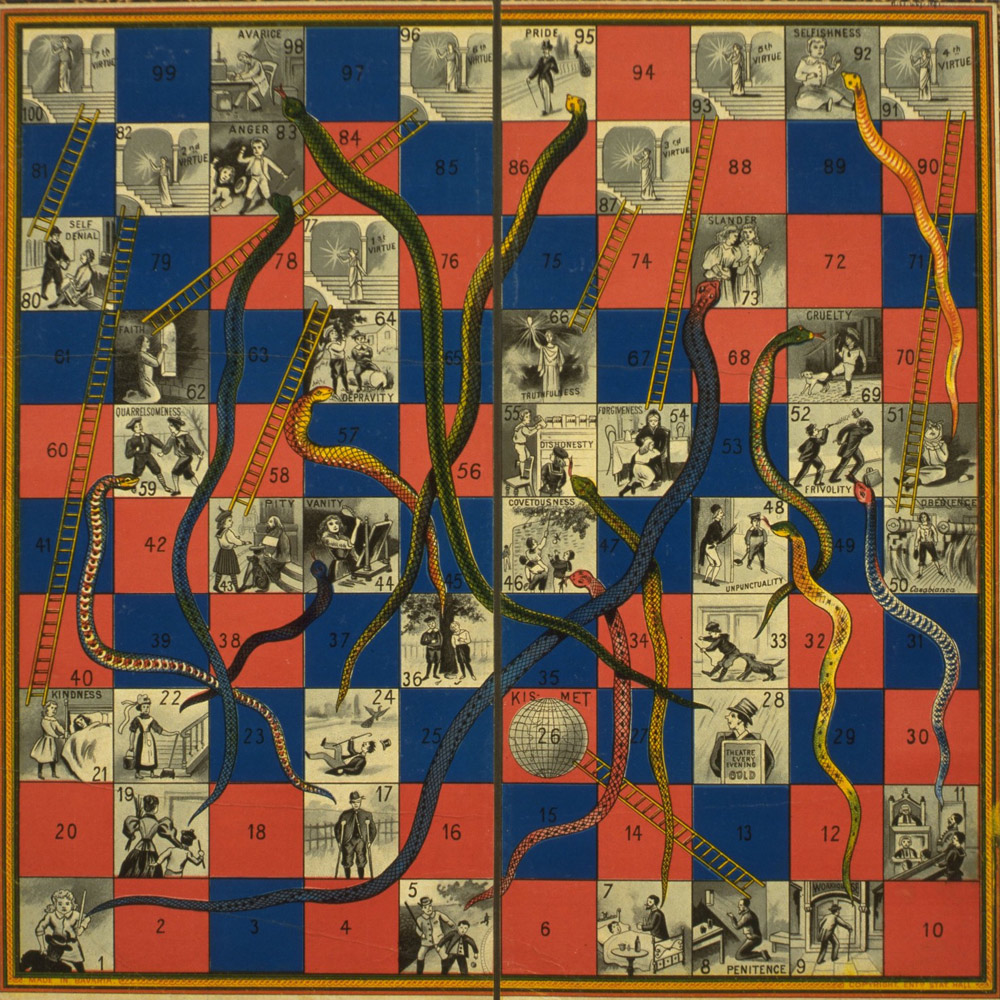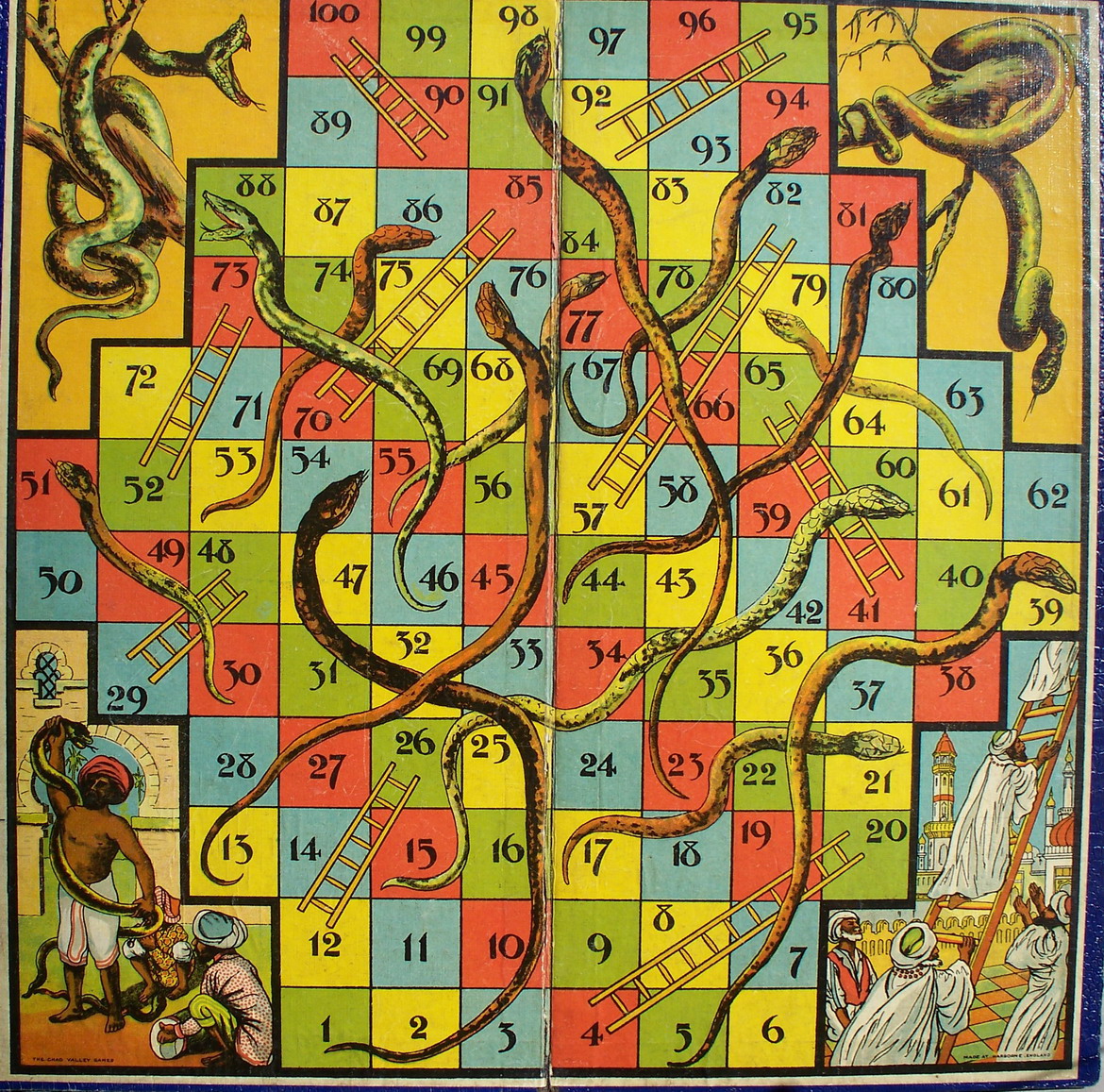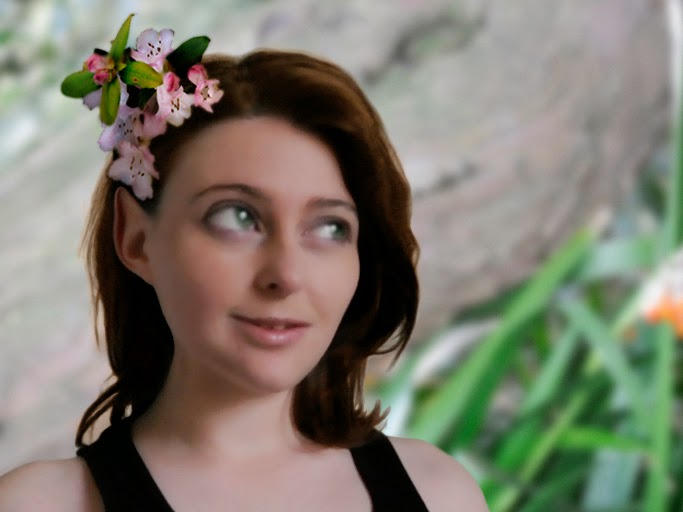The other part of our first assignment is creating a clock design.
I approached this assignment by thinking about clocks, time and what it all means to me.
 |
| Figure 1: Brainstorm |
Next I drew up some design roughs exploring some of these ideas.
 |
| Figure 2: Design Roughs |
I decided that I liked the night and day/ sun and moon themes better, and I also thought that these types of designs lent themselves to my earlier questions, what is time and does it really exist?
I decided to develop these concepts further.
 |
| Figure 3: Design Development |
Of these designs I found that the hourglass and the knot appealed to me most. I created a day and night scene to use on these designs.
 |
| Figure 4: Day |
I used photos I took of the sky as reference for my cloud paintings, but I wanted them to have a stylised rather than realistic look.
 |
| Figure 5: Assorted Sky Reference |
For the night sky I used a combination of free creative commons star brushes and my own custom brushes.
 |
| Figure 9: Knot Clock Design |
 |
| Figure 10: Metal Sun design |
I decided that the hourglass was a really interesting concept so worked on this design more. Once again I used the warp tool on the day and night imagery to create the appearance that they were being sucked through the hourglass. I wanted the design to be quite graphic and simple in its linework. To create the effect of glass I applied a black hourglass shape over the skies and lowered the transparency. I gave it a darker rim, like seen on glass containers and added some highlights.
Finally I added a subtle lens flair to the skies. This is something I normally avoid as it can look very tacky but in this case I feel that it enhances the style.
 |
| Figure 11: Final Clock Design |






























